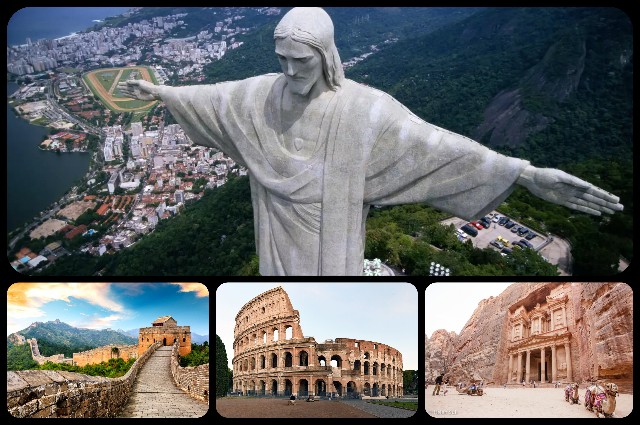Throughout history, humans have been captivated by the remarkable achievements in architecture and engineering that define the seven wonders of the world. These awe-inspiring monuments have endured the test of time, surviving wars, natural disasters, and political turmoil, and continue to inspire us with their sheer magnificence and grandeur.
From the towering pyramids of Giza to the majestic Taj Mahal, these wonders are a testament to the ingenuity, creativity, and perseverance of our ancestors. Join us on an adventure to discover the Top 10 Wonders of the World and uncover the secrets that make them so extraordinary.
The wonders of the world are truly masterpieces of skill and craftsmanship from their respective eras. It is astonishing to think that these great constructions were made without any modern technology or machinery in such remote ages.
One such wonder is the Taj Mahal, a stunning mausoleum situated in Agra, India, which is renowned as one of the most famous landmarks globally. Constructed by the Mughal Emperor Shah Jahan in memory of his beloved wife, the Taj Mahal is a masterpiece of Islamic architecture and design.
The white marble structure is adorned with intricate carvings, calligraphy, and inlaid precious stones, set amidst stunning gardens and reflecting pools. The Taj Mahal represents a symbol of love and devotion and holds the distinction of being a UNESCO World Heritage Site.
10. The Petraeus of Gaudi – A Modern Masterpiece of Architecture
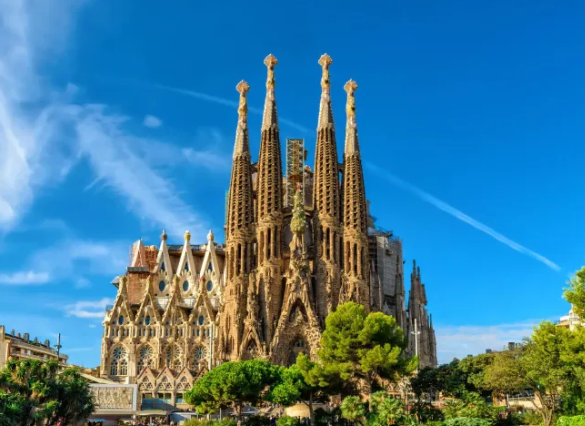
The “Petraeus of Gaudi” is a title bestowed upon the world-renowned architect Antoni Gaudi for his impressive architectural feats in the city of Barcelona, Spain. Like the ancient city of Petra, which was carved out of rock, Gaudi’s structures seem to rise organically from the earth, creating a harmony between nature and architecture.
Gaudi was born in Reus, Spain, in 1852 and began his architectural studies in Barcelona in 1873. He quickly gained a reputation for his unique style, which blended Gothic and Art Nouveau influences with his own innovative ideas.
One of Gaudi’s most famous works is the Basilica of the Sagrada Familia, which has been under construction since 1882 and is still not yet completed. This breathtaking structure is a testament to Gaudi’s vision and dedication to his craft. The basilica’s soaring spires, intricate facades, and mesmerizing stained glass windows draw millions of visitors each year.
Another notable work of Gaudi’s is Park Guell, a public park that he designed for the city of Barcelona. The park is characterized by its colorful mosaics, winding paths, and whimsical sculptures, which seem to flow seamlessly with the natural surroundings.
Gaudi’s influence can also be seen throughout the city in numerous other buildings, including Casa Batllo, Casa Mila, and Casa Vicens. His unique style, which emphasized the use of curves, asymmetry, and natural forms, has earned him the nickname “God’s Architect.”
Sadly, Gaudi’s life was cut short in 1926 when he was struck by a tram and later died from his injuries. However, his legacy lives on through his impressive body of work, which has been designated as a UNESCO World Heritage Site and continues to inspire architects and designers around the world.
9. Christ the Redeemer – A Symbol of Brazilian Culture and Spirituality

Christ the Redeemer is a towering statue of Jesus Christ that overlooks the city of Rio de Janeiro, Brazil. The statue stands 30 meters tall, including its pedestal, and its arms stretch out 28 meters wide. It is considered one of the most iconic landmarks in the world.
The idea for the statue was first proposed in the 1850s, but it wasn’t until the 1920s that the project was approved and construction began. The statue was designed by Brazilian engineer Heitor da Silva Costa and French sculptor Paul Landowski. It was built with reinforced concrete and covered in soapstone, which gives it its distinctive light color.
The statue’s construction was a feat of engineering and required the creation of a special railway to transport materials up the steep hill of Corcovado where it stands. The statue was completed in 1931 and has since become a symbol of Rio de Janeiro and Brazil as a whole.
Christ the Redeemer is also a symbol of faith and spirituality for many people. It is a popular destination for pilgrims and tourists alike, who come to admire its impressive size and stunning views of the city. The statue is especially breathtaking at night when it is illuminated and seems to glow against the dark sky.
In 2007, Christ the Redeemer was named one of the New Seven Wonders of the World, further solidifying its place as a global icon. It is also a UNESCO World Heritage Site.
Today, Christ the Redeemer remains one of the most visited attractions in Brazil and is an enduring symbol of hope, peace, and love for people around the world.
8. The Taj Mahal – A Symbol of Love and Devotion
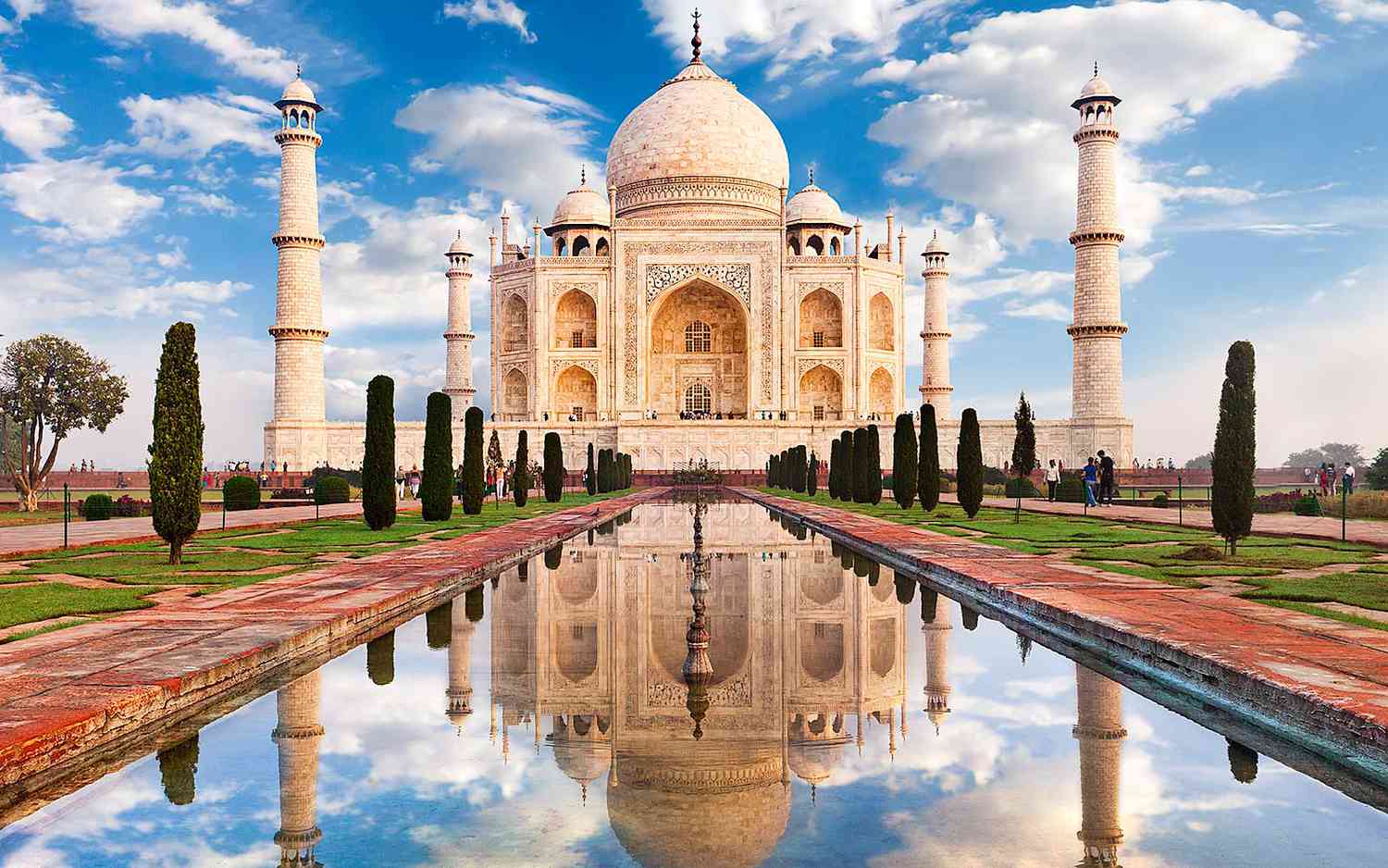
The Taj Mahal is a magnificent mausoleum located in Agra, India. It was built by the Mughal Emperor Shah Jahan in memory of his beloved wife Mumtaz Mahal, who died in childbirth in 1631. The construction of the Taj Mahal began in 1632 and was completed in 1653, after more than 20 years of work by a team of over 20,000 skilled workers and craftsmen.
The Taj Mahal is considered one of the greatest examples of Mughal architecture, which combines elements of Persian, Indian, and Islamic styles. The main structure is made of white marble and is adorned with intricate carvings, calligraphy, and inlaid precious stones, such as jade, turquoise, and lapis lazuli. The building is surrounded by stunning gardens and reflecting pools, which add to its beauty and tranquility.
The mausoleum has several chambers, including the main burial chamber, which contains the tombs of Shah Jahan and Mumtaz Mahal. The interior of the Taj Mahal is equally stunning, with its delicate carvings, intricate inlay work, and intricate details that leave visitors in awe.
The Taj Mahal has been recognized as one of the Seven Wonders of the World and is a UNESCO World Heritage Site. It is also considered a symbol of love and devotion, and has inspired countless works of art and literature over the centuries.
Today, the Taj Mahal remains one of the most popular tourist destinations in India, drawing millions of visitors each year. It is a testament to the skill, dedication, and creativity of the architects, artisans, and workers who built it, and a lasting tribute to the enduring power of love.
7) Chichen Itza – The Mayan Wonder of the World

Chichen Itza is a world-renowned archaeological site located in the Yucatan Peninsula of Mexico. It was one of the largest and most important Mayan cities, and is now a UNESCO World Heritage Site and one of the New Seven Wonders of the World.
Chichen Itza was built between the 6th and 10th centuries AD, and was a center of politics, religion, and commerce in the region. The city is characterized by its impressive architectural features, including towering pyramids, intricate carvings, and expansive plazas.
One of the most recognizable structures at Chichen Itza is the Kukulkan Pyramid, also known as El Castillo. This impressive pyramid stands 98 feet tall and features four sides with 91 steps each, plus a top platform for a total of 365 steps, representing the number of days in a year. It was built with remarkable precision and is aligned with astronomical events, such as the spring and fall equinoxes.
Other notable structures at Chichen Itza include the Great Ball Court, which is the largest ball court in Mesoamerica, and the Temple of the Warriors, which is adorned with intricate carvings of soldiers and warriors.
In addition to its impressive architecture, Chichen Itza is also notable for its well-preserved murals, sculptures, and other artwork, which offer insights into the history, culture, and beliefs of the Mayan civilization.
Today, Chichen Itza remains a popular tourist destination, drawing visitors from around the world who come to marvel at its impressive structures and learn about the rich history and culture of the Mayan people. It is a testament to the ingenuity, creativity, and sophistication of this ancient civilization and serves as a reminder of the enduring legacy of the Mayan culture.
6. Machu Picchu – The Lost City of the Incas
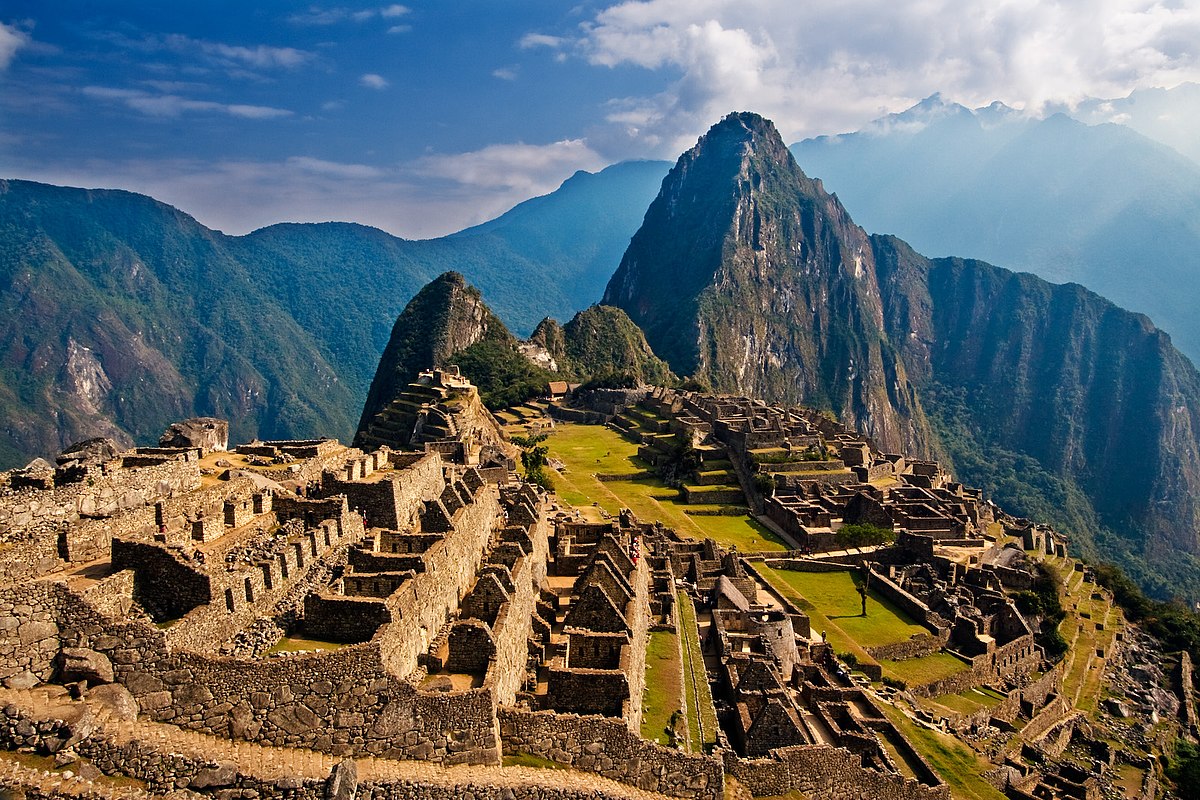
Machu Picchu is a stunning ancient Incan city located in the Andes Mountains of Peru. It was built in the 15th century but was abandoned soon after the Spanish conquest in the 16th century. It remained hidden from the world until 1911, when it was rediscovered by the American explorer Hiram Bingham.
Machu Picchu is situated on a mountain ridge 7,970 feet above sea level, and is surrounded by breathtaking landscapes of mountains, valleys, and forests. The city is made up of more than 150 structures, including temples, palaces, and homes, all of which are made of perfectly carved and fitted stones, without the use of mortar.
The most iconic structure in Machu Picchu is the Intihuatana stone, which is believed to have been used as a sundial to measure the solstices and equinoxes. Other notable structures include the Temple of the Sun, the Temple of the Three Windows, and the Room of the Mortars.
Machu Picchu is not only a remarkable feat of engineering and architecture but is also significant for its historical and cultural significance. It is believed to have been a sacred site and a center of worship for the Incan people. Its location, surrounded by natural features such as the Urubamba River and the surrounding mountains, is believed to have had spiritual and astrological significance.
Today, Machu Picchu is a popular tourist destination, attracting visitors from all over the world who come to marvel at its breathtaking beauty and rich history. It is a UNESCO World Heritage Site and is considered one of the most important archaeological sites in South America. It is a testament to the ingenuity, creativity, and sophistication of the Incan people and serves as a reminder of the enduring legacy of this remarkable civilization.
5. The Great Wall of China – A Monumental Defense System
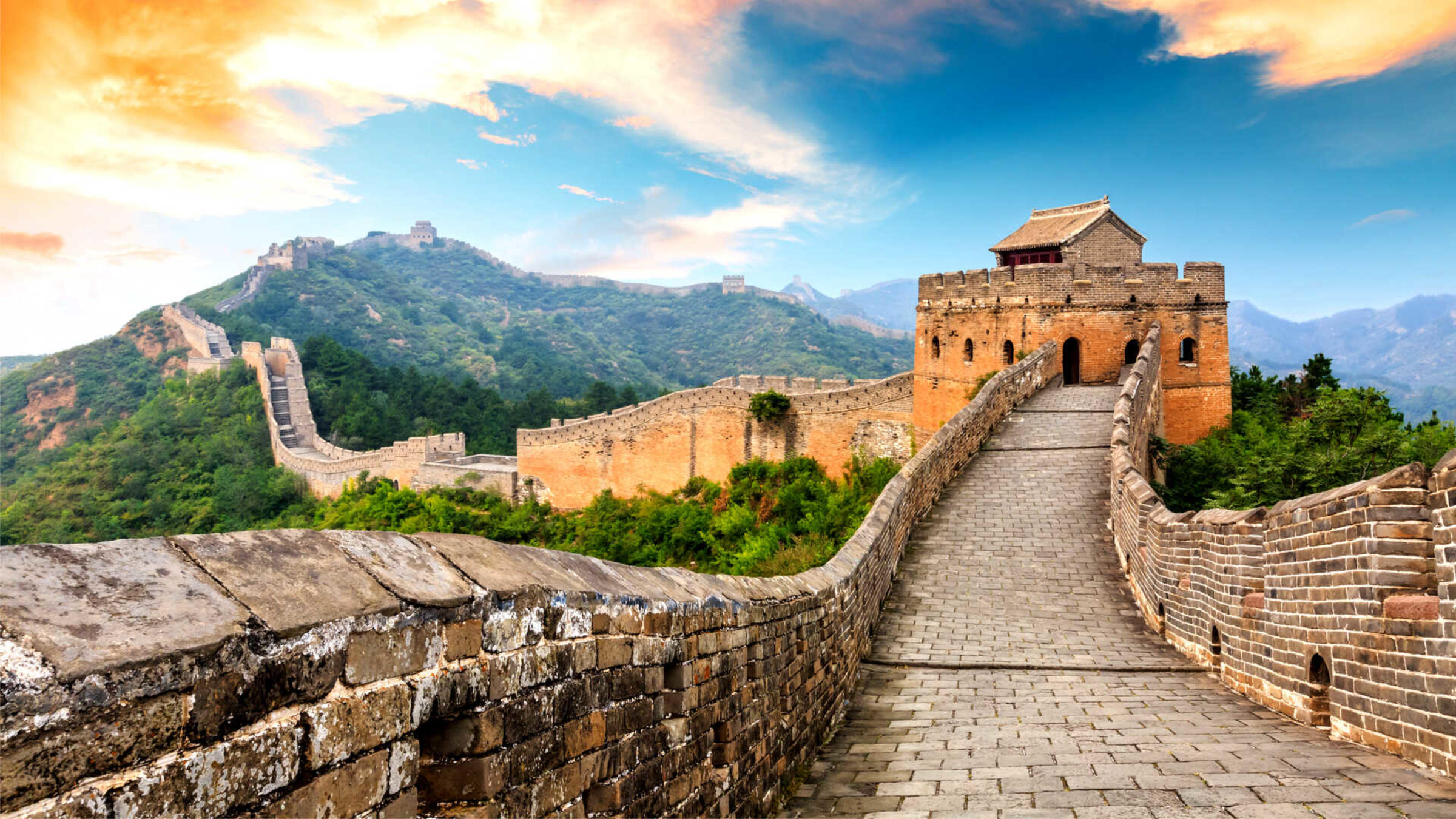
The Great Wall of China is one of the world’s most iconic architectural marvels, spanning over 13,000 miles across northern China. Construction on the wall began over 2,000 years ago during the Qin Dynasty (221-206 BC) and continued for centuries, with each dynasty adding to and fortifying the wall.
The wall served as a military fortification to protect China’s northern borders from invasions by nomadic tribes. It was built with a variety of materials, including brick, tamped earth, and stone, and was designed to be impregnable. It is estimated that over 1 million workers were involved in the construction of the wall.
The Great Wall of China is characterized by its unique architectural features, including watchtowers, crenellated parapets, and firing holes. These features allowed soldiers to observe and defend against enemy attacks.
In addition to its military function, the Great Wall of China also served as a transportation and communication hub, allowing for the movement of troops and messages across the empire. It was also used for trade and immigration, as gates and checkpoints were established along the wall to regulate movement in and out of the country.
Today, the Great Wall of China remains a popular tourist destination, attracting millions of visitors each year. The wall is divided into different sections, with some sections restored and open to visitors, while others are still in a state of disrepair. Some of the most popular sections include Badaling, Mutianyu, and Jinshanling.
The Great Wall of China is a testament to the ingenuity, creativity, and perseverance of the Chinese people. It is a symbol of China’s rich history and culture and serves as a reminder of the country’s remarkable engineering feats. It is one of the most iconic and enduring landmarks in the world, and a testament to the remarkable achievements of ancient civilizations.
4. The Colosseum – The Icon of Ancient Rome
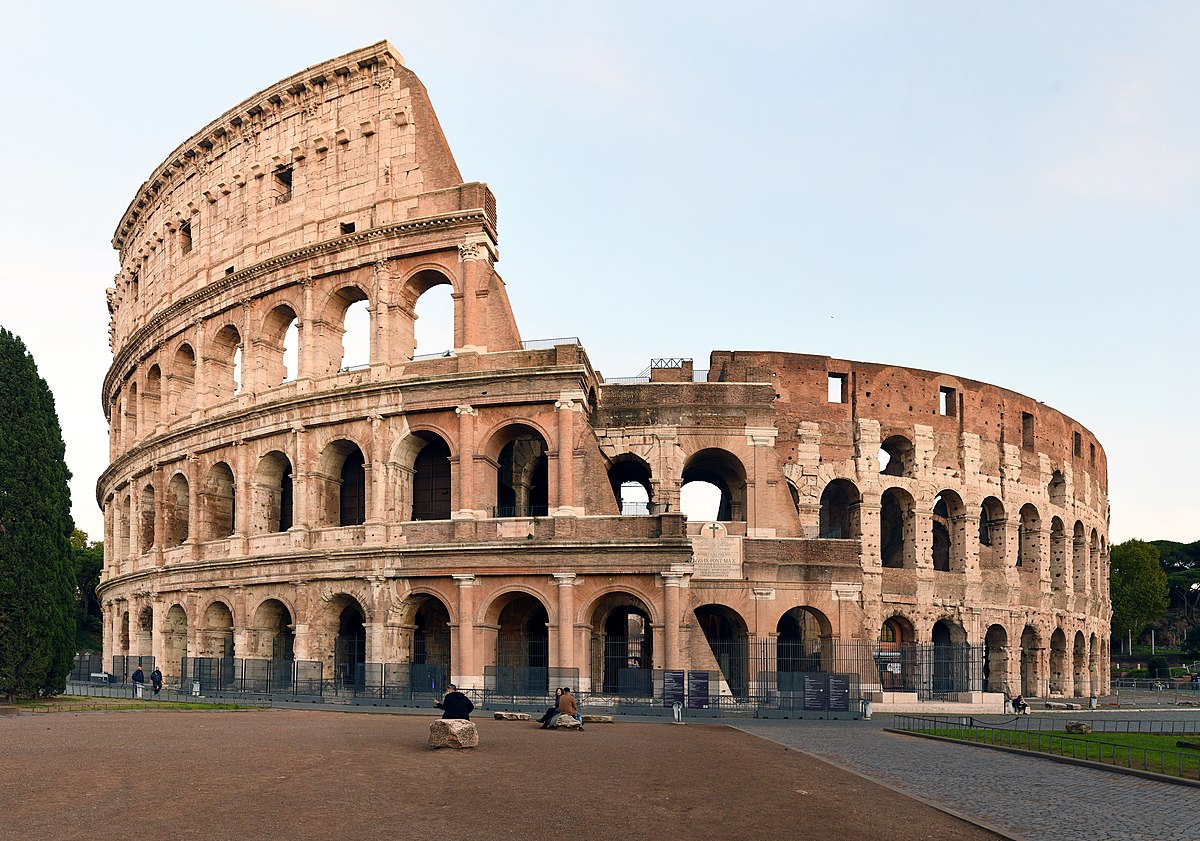
The Colosseum, also known as the Flavian Amphitheatre, is an iconic ancient Roman arena located in the heart of Rome, Italy. Built over 2,000 years ago, it is one of the world’s most famous and recognizable landmarks.
Construction of the Colosseum began in 70 AD under the orders of Emperor Vespasian and was completed by his son, Titus, in 80 AD. The arena was built to host public spectacles and games, such as gladiatorial contests, animal hunts, and reenactments of famous battles.
The Colosseum was an architectural marvel, with a seating capacity of up to 50,000 spectators. The arena was surrounded by a complex system of tunnels and chambers that housed animals, gladiators, and equipment. The elliptical shape of the arena allowed for better visibility for the audience, and retractable awnings were installed to provide shade during the day.
Despite its grandeur, the Colosseum was also a site of immense suffering and brutality. Thousands of gladiators and animals were killed in the arena, and the spectacles were often used by emperors to showcase their power and entertain the masses.
Today, the Colosseum is a popular tourist destination, attracting millions of visitors each year. While much of the original structure has been destroyed by natural disasters and human intervention, the Colosseum remains a powerful symbol of ancient Rome and its incredible architectural and engineering feats.
In 1980, the Colosseum was declared a UNESCO World Heritage Site and is considered one of the most important archaeological sites in the world. It continues to inspire and awe visitors with its grandeur and rich history, serving as a reminder of the glories and horrors of ancient Rome.
3. Petra – The Rose City Carved
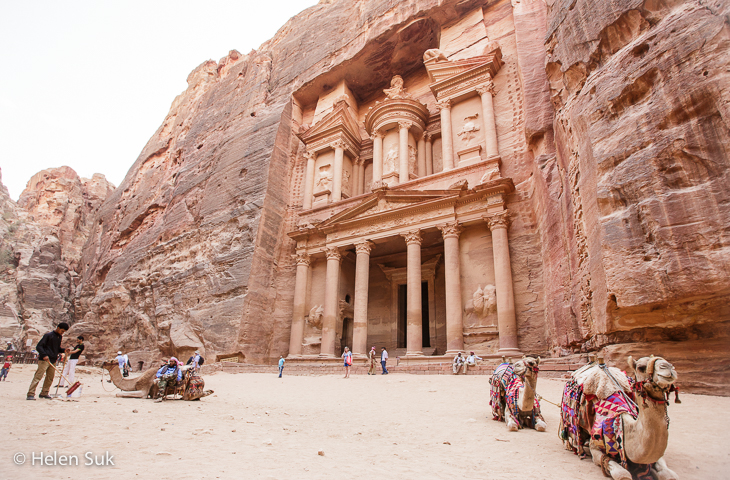
Petra, also known as the Rose City, is an ancient city located in the southwestern region of Jordan. The city was established around the 6th century BC by the Nabataeans, an ancient Arab tribe, and served as an important crossroads for trade routes linking Arabia, Egypt, and Syria.
What makes Petra unique is its impressive architecture and engineering, as much of the city was carved directly into the red sandstone cliffs that surround it. The city is accessed through a narrow gorge known as the Siq, which opens up to reveal the iconic Treasury building, one of Petra’s most famous landmarks.
Petra features a complex system of tombs, temples, and houses that were intricately carved into the cliffs. The city was designed to blend in with its natural surroundings and was built with an extensive network of water channels and reservoirs that allowed it to thrive in the arid desert climate.
At its peak, Petra was a thriving metropolis with a population estimated at over 30,000 people. However, the city was eventually abandoned and fell into obscurity until it was rediscovered by a Swiss explorer in the early 19th century.
Today, Petra is a UNESCO World Heritage Site and one of the most popular tourist destinations in the Middle East. Visitors can explore the city’s many impressive structures, including the Monastery, the Amphitheater, and the High Place of Sacrifice.
Petra’s unique architecture and engineering, combined with its rich history and stunning natural surroundings, make it a truly remarkable destination. It is a testament to the ingenuity and creativity of the Nabataean people, and a reminder of the incredible achievements of ancient civilizations.
2. The Hanging Gardens of Babylon – The Lost Wonder of the Ancient World
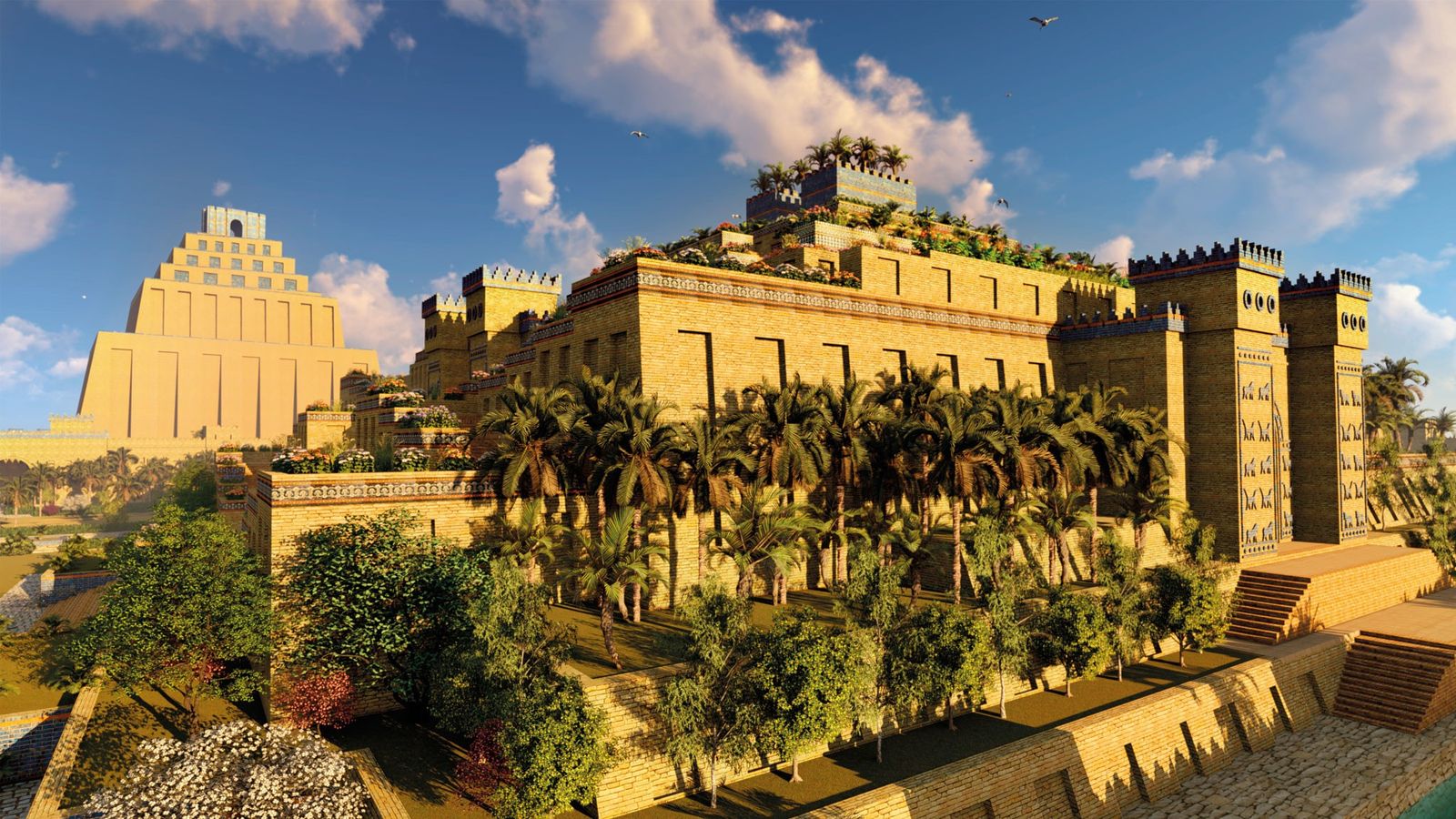
The Hanging Gardens of Babylon, also known as the Hanging Garden, were one of the Seven Wonders of the Ancient World, and an incredible feat of engineering and horticulture. According to legend, the gardens were built by King Nebuchadnezzar II in the 6th century BC for his queen, who missed the lush greenery of her homeland.
The Hanging Gardens were said to be located in the heart of Babylon, in present-day Iraq. They consisted of a series of tiered terraces filled with a variety of trees, flowers, and exotic plants. The gardens were irrigated by a complex system of canals and pipes that brought water from the nearby Euphrates River.
Although there are no surviving physical remains of the Hanging Gardens, their existence has been documented by several ancient texts, including the writings of Greek historian Herodotus and the Babylonian priest Berossus. However, their descriptions have been debated, and many scholars believe that the gardens may have been a work of fiction or an exaggeration of a smaller-scale garden.
The Hanging Gardens were considered an architectural and horticultural marvel, and a symbol of Babylon’s wealth and power. The gardens were also a popular attraction, drawing visitors from all over the world.
Unfortunately, the Hanging Gardens of Babylon were lost to history, and their exact location and appearance remain a mystery. Despite numerous efforts to uncover their remains, including archaeological excavations, no definitive evidence of the gardens has been found.
Nevertheless, the Hanging Gardens of Babylon continue to capture the imagination of people all over the world, and their legacy lives on as a testament to the incredible achievements of ancient civilizations.
1. The Great Pyramid of Giza – The Oldest Wonder of the Ancient World
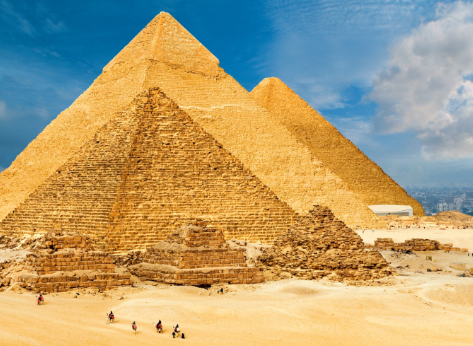
The Great Pyramid of Giza is the oldest and largest of the three pyramids in Giza, Egypt, and one of the Seven Wonders of the Ancient World. Built over 4,500 years ago as a tomb for the Pharaoh Khufu, the pyramid is a marvel of engineering and an enduring symbol of the ancient Egyptian civilization.
The Great Pyramid of Giza stands 147 meters tall and is made up of over 2.3 million limestone blocks, each weighing between 2 to 80 tons. The pyramid was originally covered in smooth white limestone, which gave it a shining appearance in the sunlight, but most of this outer casing has been removed over the centuries.
The construction of the pyramid is a mystery that has fascinated people for centuries. It is believed that a workforce of over 100,000 workers was involved in its construction, which took over 20 years to complete. The precision and accuracy of the pyramid’s design and construction are truly remarkable, with each block being cut to fit perfectly with the adjacent ones.
The interior of the pyramid features a series of chambers and passageways, including the King’s Chamber, the Queen’s Chamber, and a network of airshafts that have puzzled archaeologists and scholars for years. Despite the pyramid being robbed of most of its treasures and artifacts over the centuries, a few precious items have been found, including the famous sarcophagus of King Khufu’s mother.
The Great Pyramid of Giza remains a popular tourist attraction and a source of inspiration for architects, engineers, and scholars around the world. Its massive size, precise construction, and mysterious origins continue to captivate the imagination of people and make it one of the most recognizable landmarks in the world.
